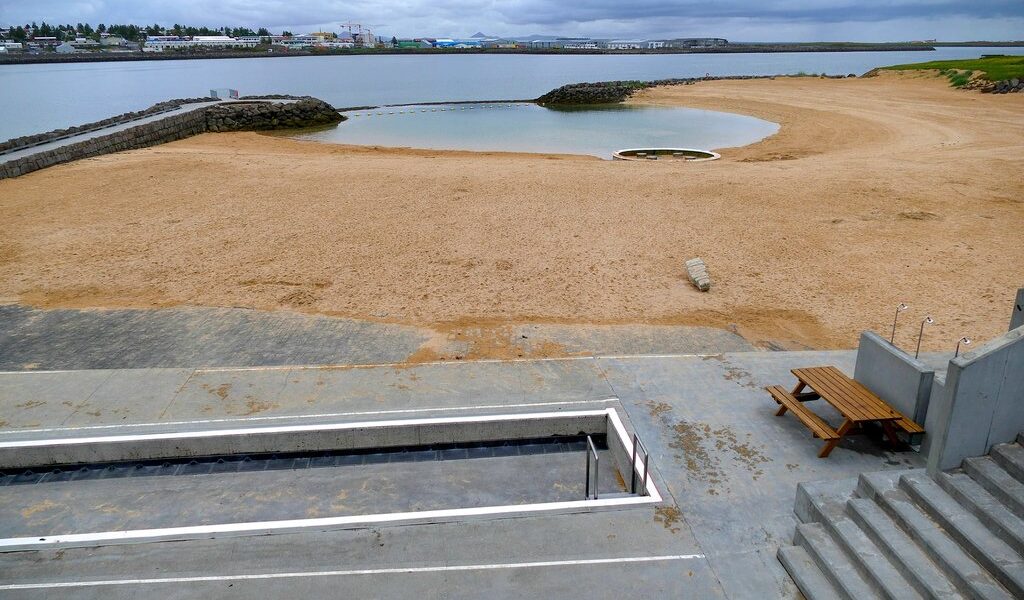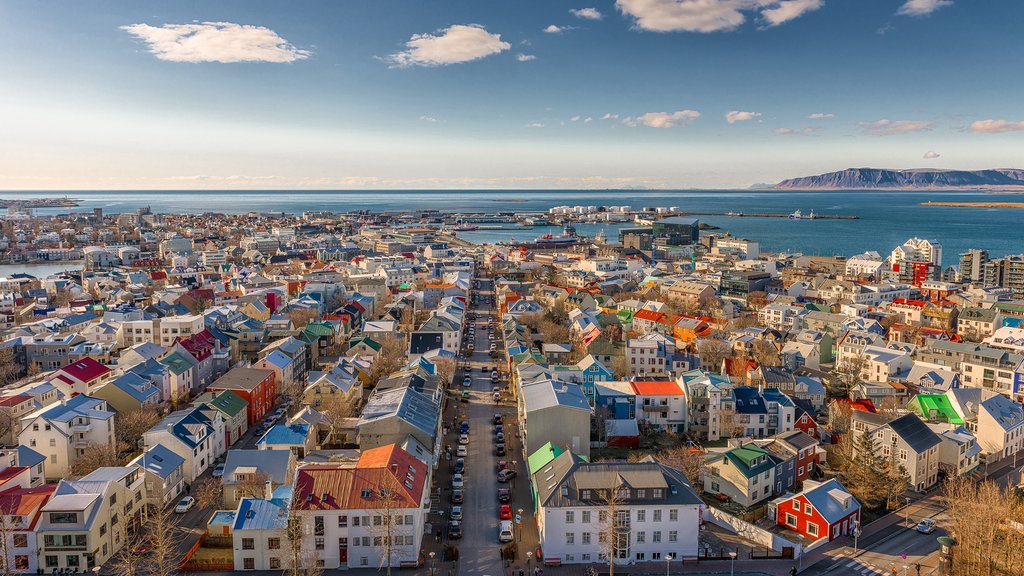
Most people come to Iceland to explore its natural beauty away from the hustle and bustle of cities, but its capital is worth your time and attention as well. Reykjavik offers an impressive array of activities, so whether you visit in the summer or winter, spending a couple of days here is a must.
Reykjavik, despite its modest size as one of Europe’s smallest capitals with a population hovering around 123,000 residents, pulses with an undeniable and vibrant cultural energy that promises to captivate and engage you throughout your visit. The city offers a delightful array of experiences, ensuring there’s something tailor-made to suit every traveler’s unique preferences. Whether your heart yearns for immersion in Reykjavik’s stunning natural landscapes, or you’re eager to embark on a culinary adventure exploring the local gastronomic delights and unique beverages, the city stands ready to deliver. Reykjavik is renowned for its world-class music festivals that resonate with rhythm and melody, thought-provoking art exhibitions that stimulate the senses, a dynamic nightlife scene that comes alive after dusk, and, of course, the awe-inspiring scenery that unfolds at every turn. All these elements combine to create an experience that surpasses even the loftiest expectations, ensuring your trip is etched in your memory as truly unforgettable.
## Highlights
* Indulge in the quintessential Icelandic experience by taking a rejuvenating dip in the numerous geothermal-fed pools, a testament to the island’s unique geological activity.
* Immerse yourself in the architectural brilliance of the strikingly beautiful Harpa concert hall, a modern masterpiece of glass and steel.
* Acquaint yourself with the city’s hidden gems and iconic landmarks through an engaging walking tour of local attractions, led by knowledgeable guides.
* Embark on an unforgettable whale watching adventure from the Old Harbor, where you can witness the majestic marine life that inhabits the surrounding waters.
* Savor the authentic flavors of Iceland by sampling the local food and craft beer, a culinary journey that will tantalize your taste buds.
## Go Swimming
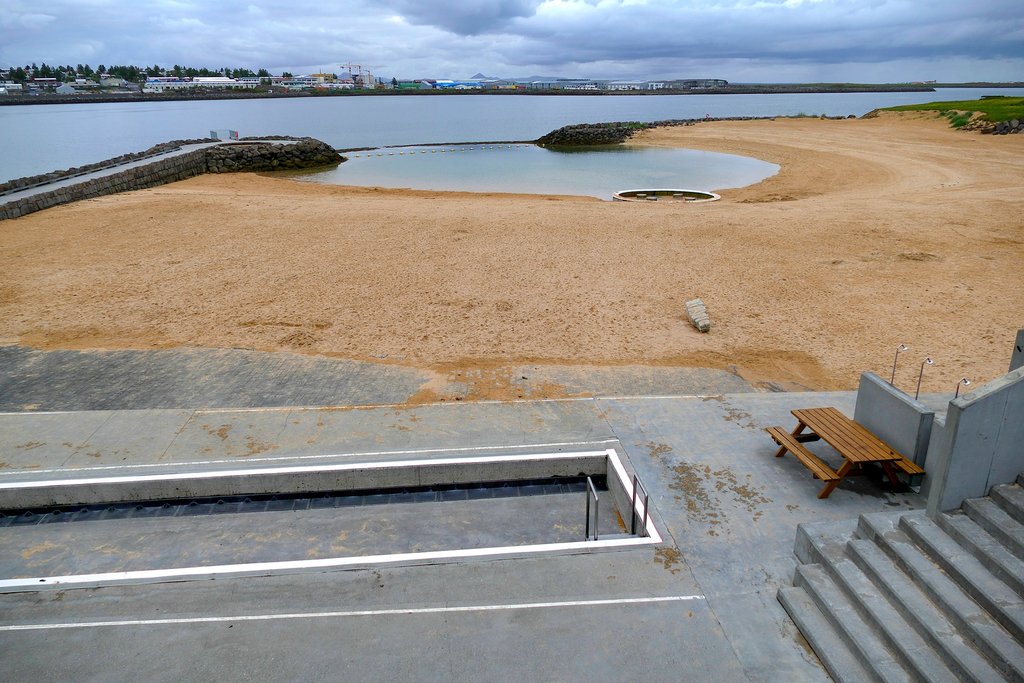
As one might anticipate, in a nation where the subterranean geothermal fields generously contribute a significant 20 percent of the country’s electricity, the availability of natural and meticulously crafted pools is exceptionally abundant. These aquatic havens can be enjoyed throughout the year, regardless of the season. Within the greater Reykjavik area alone, there are approximately 18 indoor and outdoor pools, each offering a unique experience. Many of these boast luxurious amenities such as steam rooms that envelop you in warmth, saunas that detoxify the body, and hot tubs that provide the ultimate relaxation. The largest and most conveniently located of these aquatic centers is Laugardalslaug. Situated just a leisurely 30-minute walk from Hallgrimskirkja, the towering church that dominates Reykjavik’s skyline, Laugardalslaug offers an array of facilities to cater to all preferences. These include a sprawling outdoor pool, a dedicated children’s pool for family fun, exhilarating waterslides for the adventurous, a collection of soothing hot tubs, a revitalizing steam bath, a fully equipped gym for fitness enthusiasts, and even a mini-golf course for a touch of friendly competition.
For those who harbor a particular fondness for the beach and the allure of the ocean, Reykjavik also presents a delightful option. Venture to Nautholsvik Geothermal Beach, a cherished local spot that truly comes alive during the balmy days of summer. Given that the waters of the Atlantic Ocean surrounding Iceland are characteristically frigid, innovative solutions have been implemented to ensure a comfortable swimming experience. Hot run-off water is ingeniously employed to warm the lagoon’s waters, allowing you to revel in a pleasant and invigorating swim, regardless of the outside temperature.
## Visit Harpa
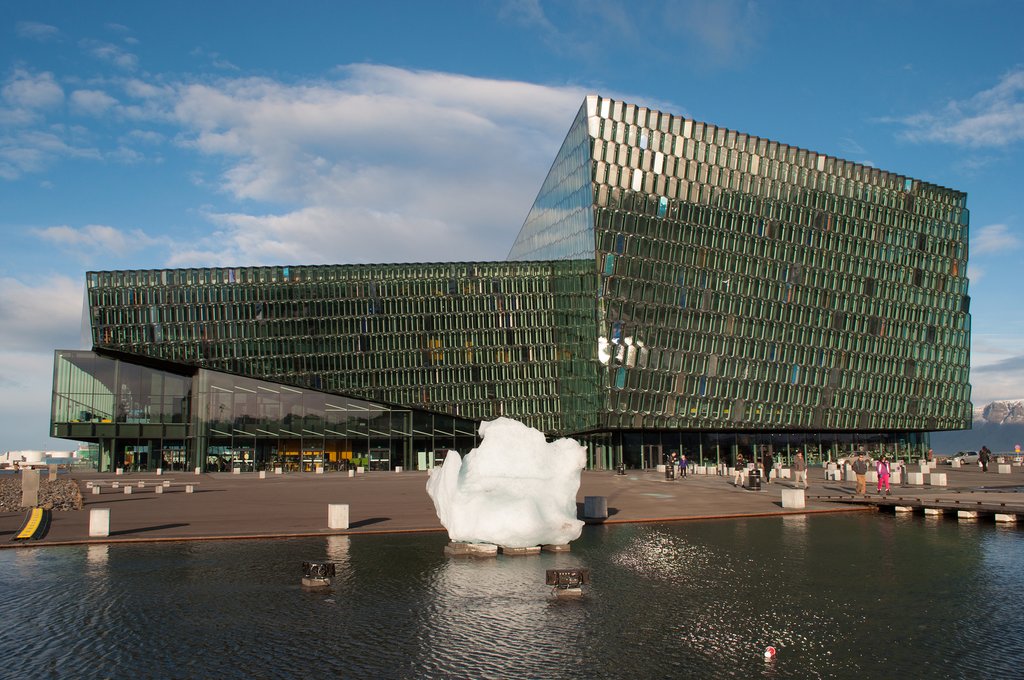
Reykjavik’s premier concert and conference hall, Harpa, stands as a destination in its own right, a testament to architectural innovation and cultural significance. The building’s striking glass architecture has garnered it numerous prestigious international awards, including a World Architecture Award in 2010, solidifying its status as a global icon. If you are intrigued to delve deeper into the building’s history, uncover the origin of its evocative name, and understand the inspiration that fueled its unique design, as well as capture it through various photographic angles, you can book a guided half-hour tour that offers a comprehensive overview. Harpa also boasts multiple event spaces that host a diverse range of performances throughout the year, from captivating concerts and lively festivals to thought-provoking theater productions, engaging exhibitions, and uproarious comedy shows. When you’re ready to unwind after your exploration, head to Kolabrautin, a modern eatery situated on the top floor, where you can savor expertly crafted cocktails while enjoying the panoramic view of Reykjavik’s Old Harbor.
Chat with a local specialist who can help organize your trip.
## Hallgrimskirkja’s Sweeping Views
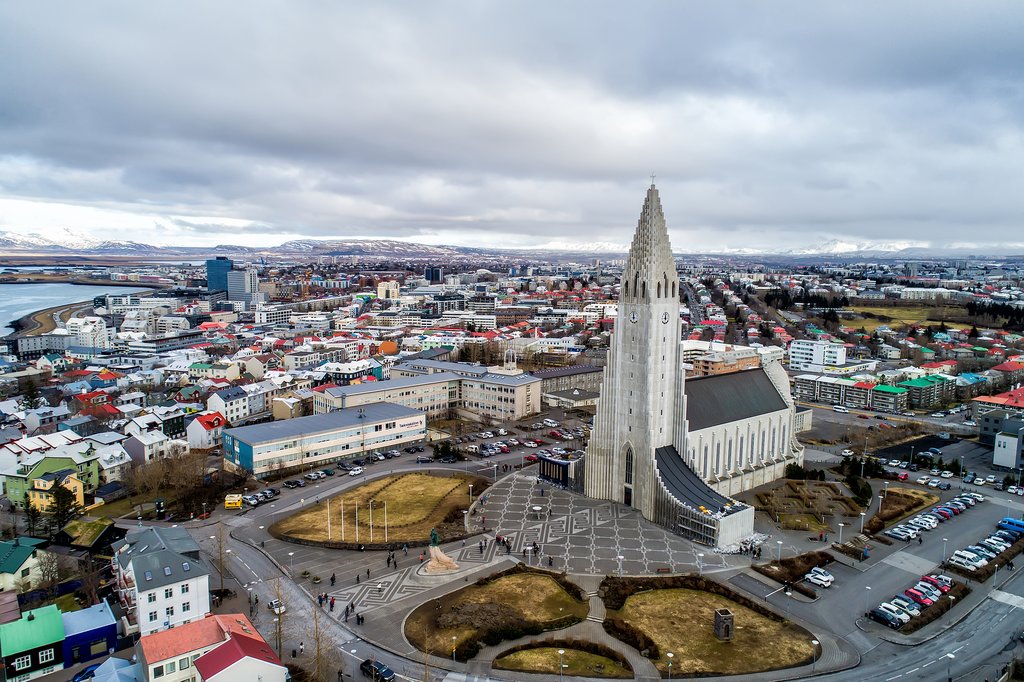
Hallgrimskirkja, a prominent Lutheran church situated in the very heart of Reykjavik, was completed in 1986 and has since become an instantly recognizable landmark of the Icelandic capital, easily visible from virtually any point in the city. Its modernist architectural design draws inspiration from the distinctive basalt rock formations that emerge when lava undergoes the cooling process. These geological wonders can be observed throughout Iceland. While you will undoubtedly capture a photograph of Hallgrimskirkja from the outside, seize the opportunity to witness Reykjavik from a breathtaking vantage point. The church’s tower soars to a height of nearly 240 feet, offering unparalleled panoramic views of the capital city.
## Explore the City on Foot
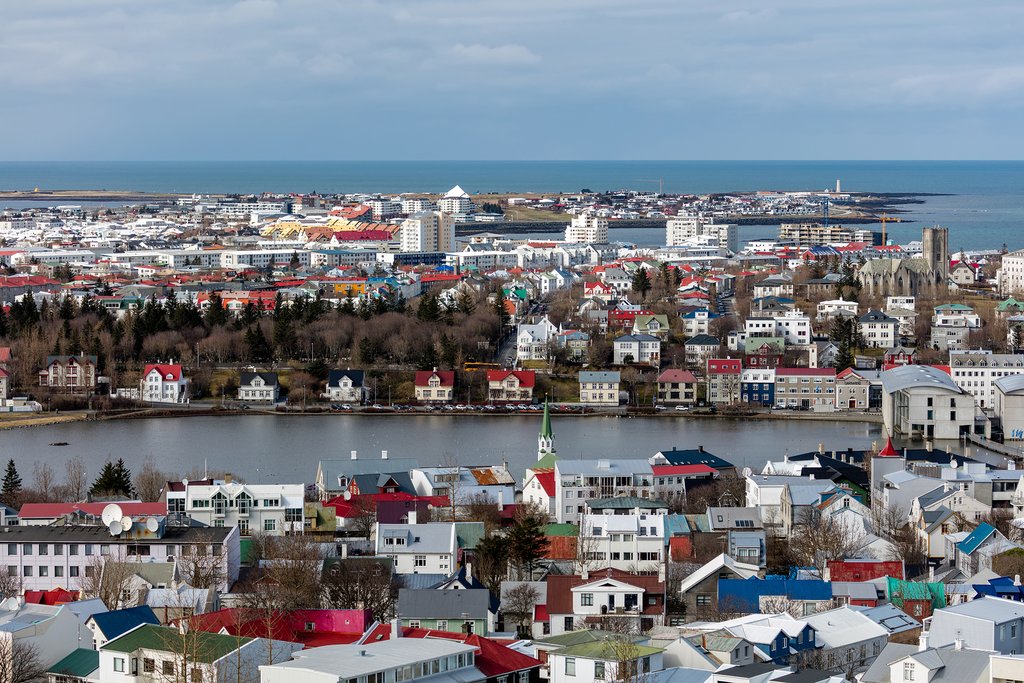
Reykjavik distinguishes itself as one of the most pedestrian-friendly capital cities in Europe, encouraging exploration on foot. It’s highly likely that you won’t need to walk for more than 15-20 minutes to reach any of the city’s local attractions. Begin your urban adventure at Hallgrimskirkja, then amble past the statue of Leif Eriksson, a celebrated Icelandic explorer. Descend along Skólavörðustígur street, one of the city’s main thoroughfares for shopping. At some point, you’ll encounter an old stonewall building, which, interestingly, served as a prison until 2016. If you’re inclined towards a more extensive shopping experience, consider walking a couple of blocks east of the church until you arrive at Laugavegur street, which is home to a greater concentration of local boutiques.
Be sure not to miss Reykjavíkurtjörn, Reykjavik’s picturesque pond located in the heart of the city. If your visit coincides with the winter season, you might even have the chance to enjoy ice-skating on its frozen surface. Other noteworthy attractions in the vicinity include City Hall, the Parliament building, Dómkirkjan (Reykjavik’s oldest church), and Sólfarið, or Sun Voyager, a captivating boat-like statue that symbolizes hope, dreams, and progress.
## Catch a Glimpse of the City from Perlan
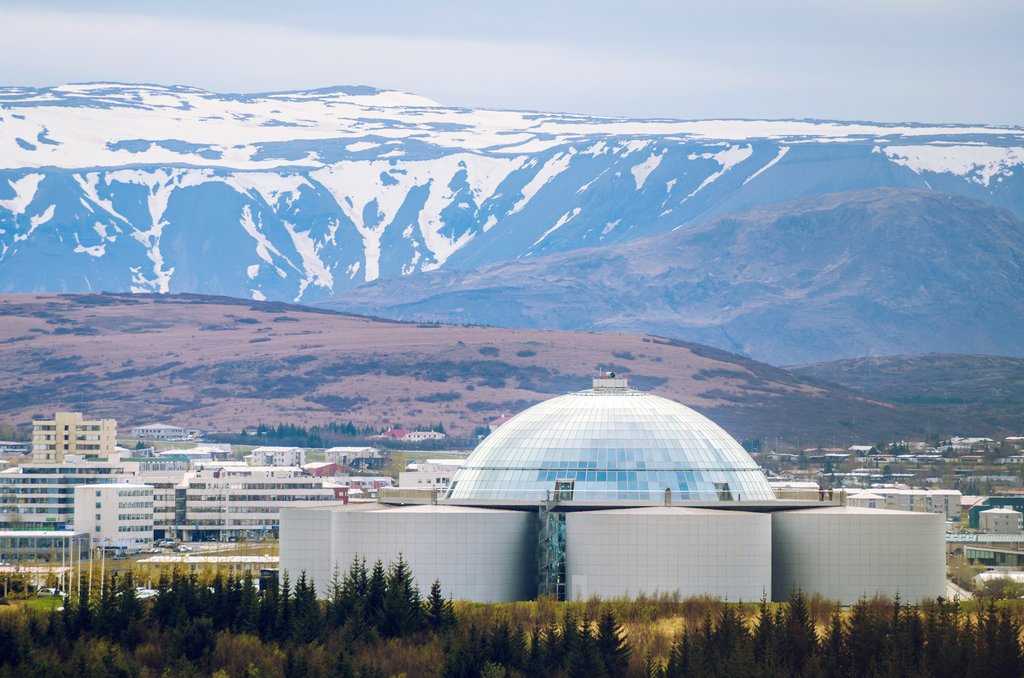
Similar to Hallgrimskirkja, Perlan is another landmark that is difficult to overlook. Essentially, it is a glass dome that gracefully rests atop the city’s geothermal hot water reservoirs, blending functionality with aesthetic appeal. It boasts a 360-degree viewing deck that offers sweeping, unobstructed views of Reykjavik and its surrounding landscape. On a clear day, you might even be fortunate enough to catch a glimpse of Mt. Snaefellsjokull across the bay, adding to the sense of wonder.
As of July of this year, Perlan also hosts a fascinating Glacier exhibition, offering an immersive exploration of Iceland’s icy wonders. Further exhibitions and a state-of-the-art planetarium are scheduled to open, with the overarching goal of transforming Perlan into Iceland’s premier natural museum. Speaking of museums, Reykjavik boasts several others that warrant a visit: the Árbær Open Air Museum, which presents a captivating glimpse into ancient Icelandic houses and traditional life; the Whales of Iceland museum, which showcases 23 life-size models of various whale species; the Saga Museum, where you can delve into the rich tapestry of Iceland’s history and legends; and the Settlement Exhibition, which meticulously details life in the country during the Viking era.
## Go Whale Watching
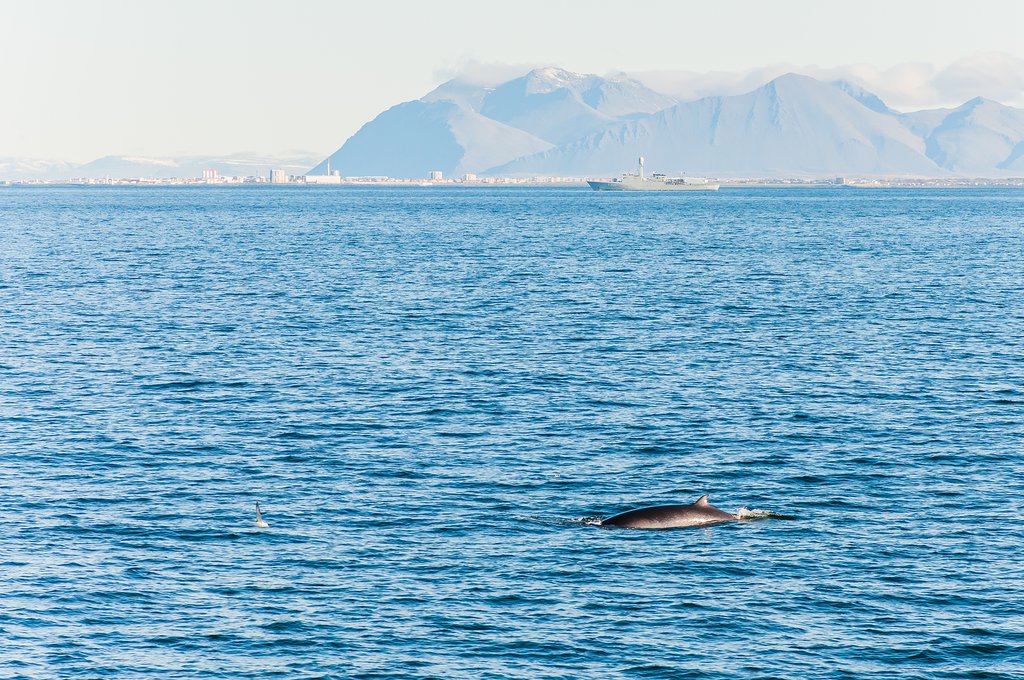
The optimal period for whale watching in Iceland extends from April to October, offering the greatest chances of witnessing these magnificent creatures in their natural habitat. However, whale and wildlife watching tours in Reykjavik are available throughout the year, typically departing from the Old Harbor, ensuring you can embark on this thrilling adventure regardless of when you visit. An intriguing fact—the 1993 blockbuster movie Free Willy featured Keiko, an orca that was originally captured in East Iceland. These tours typically last around three hours, providing ample opportunity to observe the diverse marine life that inhabits the waters surrounding Iceland. The most commonly sighted species include minke and humpback whales, white-beaked dolphins, orcas, and harbor porpoises.
## Explore the Dining Scene
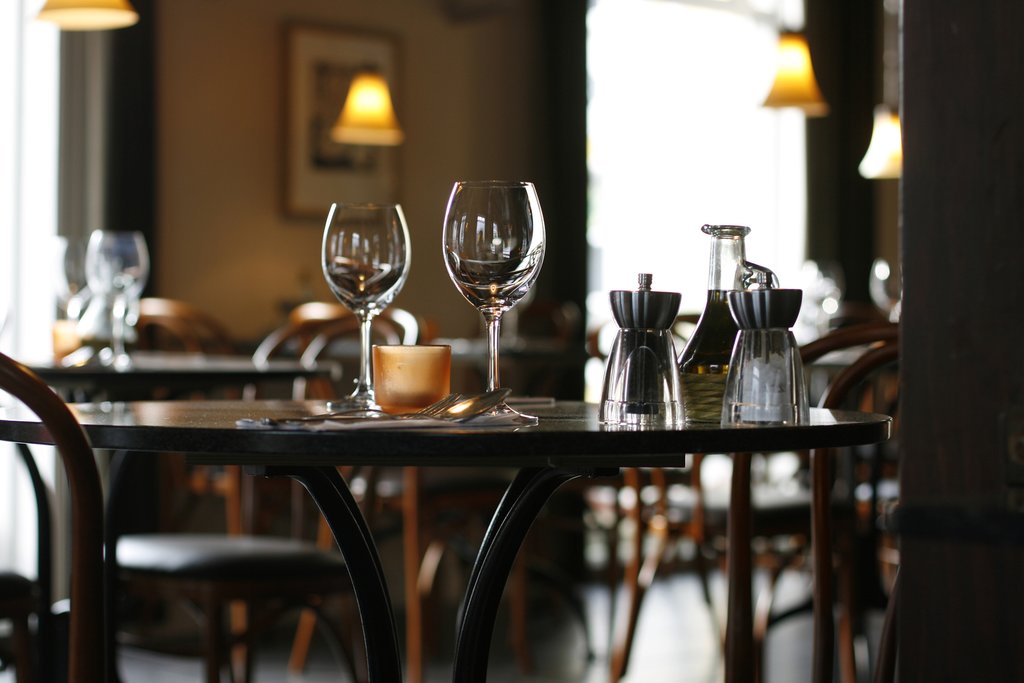
No visit to Reykjavik is truly complete without delving into its vibrant and diverse food and beverage scene, a culinary journey that promises to tantalize your taste buds. Dill has proudly become the first Icelandic restaurant to be awarded a coveted Michelin star, a testament to its exceptional culinary standards. Additionally, four other eateries in Reykjavik have received honorary mentions in the prestigious guide, highlighting the city’s growing reputation as a culinary destination. However, you don’t necessarily need to seek out a Michelin-rated establishment to enjoy a remarkable meal in Reykjavik. If you’re curious to experience the authentic flavors of traditional Icelandic cuisine, head to 3 Frakkar, a family-owned restaurant that has been delighting diners for nearly three decades. Take a leisurely stroll along the harbor, and you’re certain to discover a restaurant that suits your preferences – Kaffivagninn, for example, is renowned for its traditional seafood dishes.
Considering that beer was prohibited in Iceland until 1989, the country has been experiencing a remarkable microbrew revolution in recent years, fostering a thriving craft beer culture. You can embark on a self-guided exploration of the local scene, or opt to sign up for a beer tour that will take you bar hopping through some of Reykjavik’s hippest and most innovative bars, providing a unique insight into the city’s burgeoning beer industry.
B-1152

